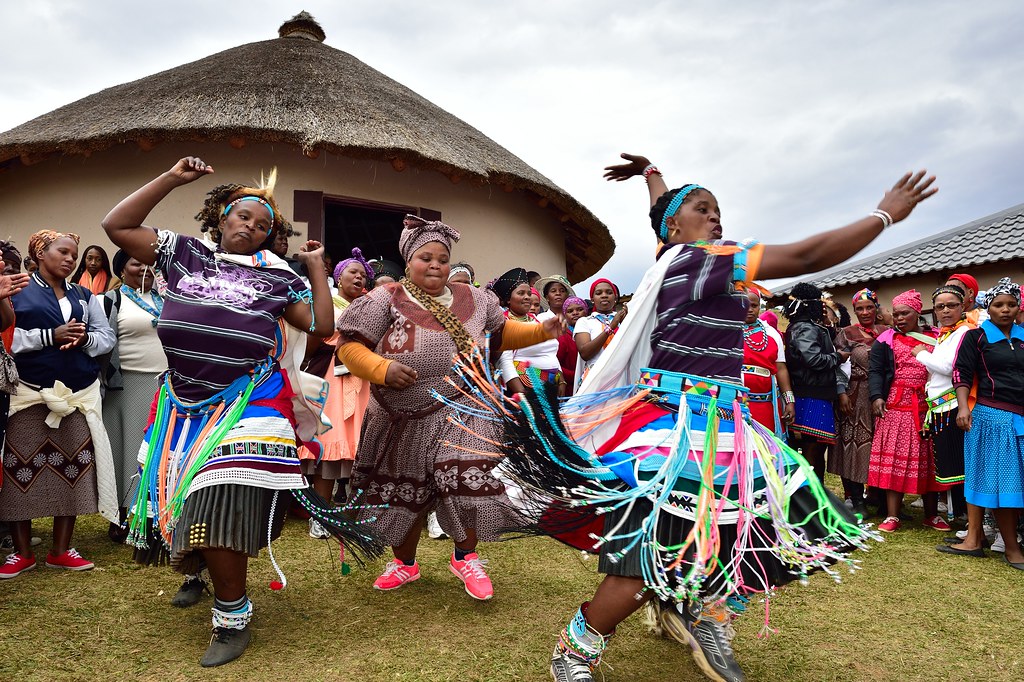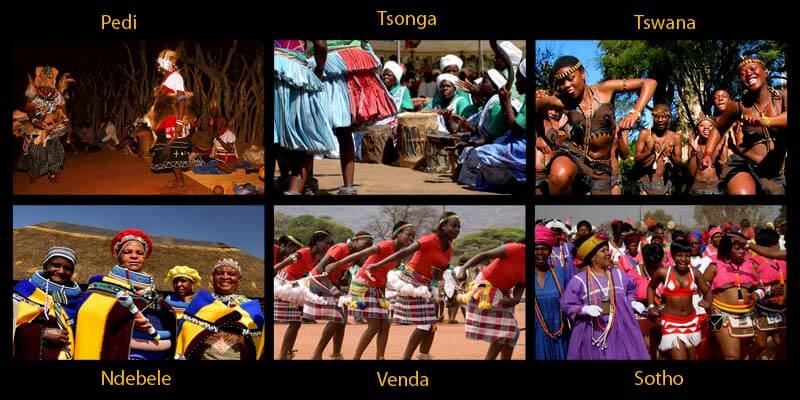Everything about South African Culture Today
Everything about South African Culture Today
Blog Article
South African Culture Today - Truths
Table of ContentsSome Ideas on South African Culture Today You Need To KnowThe Greatest Guide To South African Culture TodayThe 7-Second Trick For South African Culture TodayNot known Details About South African Culture Today South African Culture Today - An OverviewThe Greatest Guide To South African Culture Today
This adheres to with singing and drum beating. The bride and bridegroom after that meet the senior citizens and speak about the significance of their union. A matter of importance in Zambian villages is the diing of liked ones. All members of the village placed money, time and initiative together for the funeral of the deceased.Songs and dance is a very important facet of the Zambian culture. The different tribal systems have their very own dance types; nevertheless, makishi is common among all tribes.
Some Known Factual Statements About South African Culture Today
When it pertains to songs, drums are used the most, with a selection of drumming ceremonies. In Zambia, bulk of individuals are Christian; Protestant and Roman Catholic. There are small teams of Muslims and Hindus, with the rest complying with local native tribal ideas.

South African heritage and society is tremendously diverse, and contains several groups of people who each have their very own practices and beliefs. Having such a diversity of people and cultures is what makes South Africa so one-of-a-kind. In truth feeling of the phrase, we are a rainbow nation.
South Africa has about 3 hundred thousand Portuguese individuals staying in it. Making it the 7th on the list of countries with the most Portuguese people in it outside of Portugal. Portuguese is not only a society, yet it is additionally a language and a nationality. Portuguese individuals stem from the nation of Portugal in Europe, nonetheless, as a result of Portugal (like many other nations in Europe) checking out the globe and overcoming various other nations throughout the 15th 20th centuries, South Africa has what we call Portuguese South African's living in it.
The Ultimate Guide To South African Culture Today
Amongst the popular attributes of the topography is a plateau that covers nearly two thirds of the facility of the country. The plateau complicated climbs toward the southeast, where it culminates in the Drakensberg variety, component of a cliff that divides the plateau from the coastal locations. The Drakensburg includes Champagne Castle, the greatest top in the country.
The area north of the Witwatersrand, called the bushveld, slopes downward from eastern to west toward the Limpopo River, which develops the global boundary. The western area of the plateau, the middleveld, also descends towards the west and differs in elevation between the highveld and bushveld. In between the Drakensburg and the eastern and southern coast, the land comes down to the sea.
Nearer the coastline there is a low-lying plain called the eastern lowveld. Southwest of the plateau the nation comes to be considerably more arid, paving the way to the stony desert of the Great Karroo, verged on the east by the lower, better watered plateau of the Little Karroo. Separating the completely dry southerly inside from the sandy coastal of the southerly shore and West Cape is website here another variety, the Langeberg.
3 Simple Techniques For South African Culture Today
The nation's racially, ethnically, and politically divided background has produced nationwide and subnational symbols that still operate as icons of the nation, and others symbols that are approved just by particular teams. The monuments to white settler occupation and political dominance, such as the Afrikaner Voortrekker ("leader") Monument in Pretoria and the Rhodes Monument recognizing the British colonial realm builder and Cape head of state Cecil Rhodes, stay sectarian symbols.
The initial contemporary inhabitants were the San ("bushman") hunter-gatherers and the Khoi ("Hottentot") peoples, who herded livestock (South African culture today). The San might have been existing for hundreds of years and left proof of their existence in countless old cavern paints ("rock art"). Bantu-speaking clans that were the forefathers of the Nguni (today's amaZulu, amaXhosa, amaSwazi, and vaTsonga individuals) and Tswana-Sotho language groups (today's Batswana and Southern and Northern Basotho) migrated below eastern Africa as early as the fifteenth century

The 2 former republics of the Orange Free State and Transvaal (South African Republic) were established by Afrikaner settlers who defeated and dispossessed the Basotho and Batswana. Lesotho would have been forcibly integrated right into the Orange Free State without continue reading this the expansion of British security in 1869. The utmost unification of the nation arised from the South African Battle (18991902) in between the British and both Afrikaner republics, which lowered the nation to ruin at the beginning of the twentieth century.
Afrikaners historically considered themselves the only real South Africans and, while providing complete citizenship to all homeowners of European descent, refuted that standing to individuals of color until the democratic change of 1994. British South Africans preserve a feeling of social and social link to Great Britain without deteriorating their identification as South Africans.
The Definitive Guide for South African Culture Today
The diversity and fragmentation within ethnic collections and the balance of stress between those groups during the twentieth century prevented interethnic civil conflict. While intergroup stress over sources, entitlements, and political dominance continue to be, those problems are as likely to match Zulu against Zulu as Zulu versus Xhosa or African versus Afrikaner.
From colonial India, British vendors and managers brought the bent metal ornamental roof coverings and slim shoelace job columns that still exemplify the terraces of cottages in towns and cities throughout the country. Holy places contribute a vital building aspect even in the smallest communities. In addition to the rising steeples and timeless stonework of Afrikaans Dutch Reformed churches, Anglican churches, synagogues, mosques, and Hindu shrines supply selection to the spiritual architectural scene.

Butchering and the brewing of standard cereal beer are essential in protecting the engagement and a good reputation of the ancestors that are thought about the guardians of excellent ton of money, prosperity, and wellness. Indian neighborhoods keep their indigenous culinary practices and use them on Islamic and Hindu routine and ceremonial occasions. Afrikaners and Coloured people collect at weekend breaks and special occasions at multifamily barbeques called braais, where community bonds are reinforced.
Due to the fact that this was the key economic business of both black Africans and white colonists, problem between those teams fixated the property of you can find out more grazing land and animals. In 1867, the largest ruby down payments worldwide were found at Kimberley in the west central area. The riches from those areas helped fund the exploitation of the best gold coral reef worldwide, which was found on the Witwatersrand in 1886.
All about South African Culture Today
This resulted in misunderstandings and calculated misrepresentation in the ventures of white settlers and government authorities with African principals throughout the colonial duration (South African culture today). In the facility of African gets, some facets of common and chiefly "tribal trust" land tenure were maintained, and even in white rural areas, types of common tenure were still exercised in locations with African areas
After the democratic improvement of 1994, programs for land restitution, redistribution, and reform were set up, but development has actually been slow. The white minority still regulates eighty percent of the land. Following agricultural land invasions in Zimbabwe, the Division of Land Affairs has vowed to speed up land redistribution.
Report this page